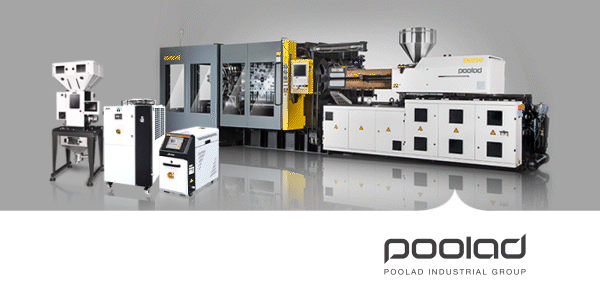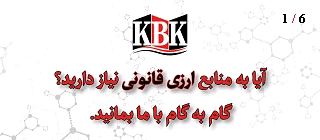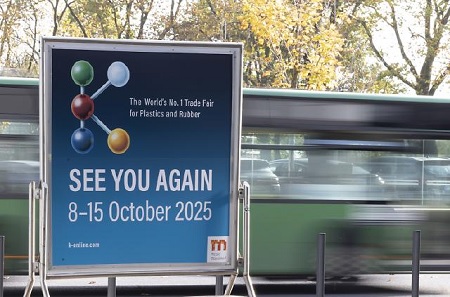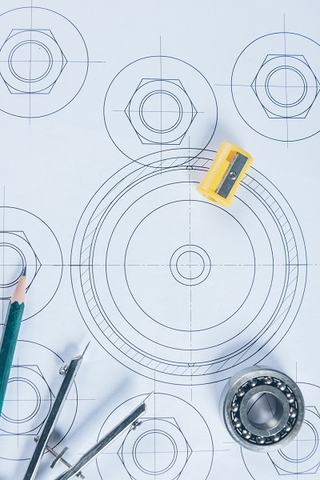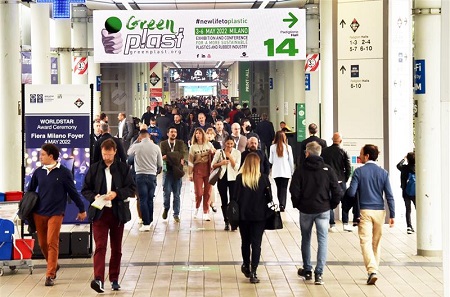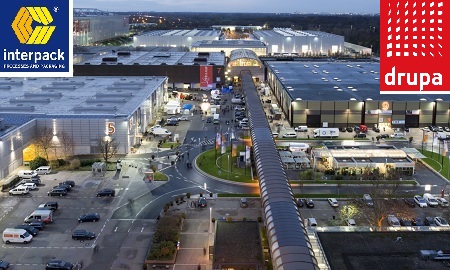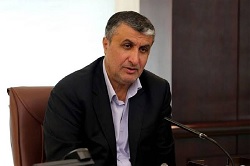 According to a text report sent to the Iran’s national media, Mohammad Eslami, (left image) Vice President and Head of the Atomic Energy Organization of Iran, announced the implementation of an innovative project using “Cold Plasma” technology to treat waste leachate in the country and said: With this project, 100 cubic meters of urban leachate will be converted into usable water per day, which will be a big step towards confronting the water shortage crisis and protecting the environment.
According to a text report sent to the Iran’s national media, Mohammad Eslami, (left image) Vice President and Head of the Atomic Energy Organization of Iran, announced the implementation of an innovative project using “Cold Plasma” technology to treat waste leachate in the country and said: With this project, 100 cubic meters of urban leachate will be converted into usable water per day, which will be a big step towards confronting the water shortage crisis and protecting the environment.
Based on the same report; on the sidelines of the signing ceremony of the executive contract for treating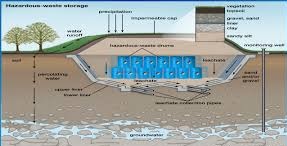 leachate from the Shiraz landfill, he stated: “One of the serious and pervasive problems of the country is urban waste, so that the issue of leachate has now become an intolerable crisis, because its destructive effects on people’s health, the environment, water and soil resources are clearly evident.”
leachate from the Shiraz landfill, he stated: “One of the serious and pervasive problems of the country is urban waste, so that the issue of leachate has now become an intolerable crisis, because its destructive effects on people’s health, the environment, water and soil resources are clearly evident.”
He added: In the recent period, the Atomic Energy Organization of Iran has tried to use technologies that belong to “AEOI” and convert it into efficient and practical systems as quickly as possible so that they can solve the problems of the society. In this regard, we have used the “Cold Plasma” technology in the field of environment; pilots of this technology have been designed and built, and positive results have been achieved.
The head of the AEOI continued: We were waiting for the first city that is ready to implement this project to be selected, so that coordination can be made in the form of an executive contract between the specialized company responsible for the Atomic Energy Organization and the municipality. Finally, the priority was given to the capital city of Fars province (Shiraz) and so with cooperation of the Ministry of Interior and the Fars 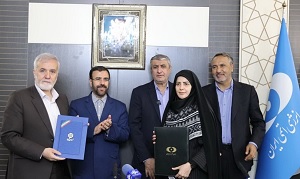 Governorate and Mr. Rezaei Kochi, Head of the Civil Engineering Commission of the Islamic Consultative Assembly, and with the completion of basic negotiations, the MOU for this project was exchanged today.
Governorate and Mr. Rezaei Kochi, Head of the Civil Engineering Commission of the Islamic Consultative Assembly, and with the completion of basic negotiations, the MOU for this project was exchanged today.
Eslami stated: Based on this memorandum, 100 cubic meters of leachate will be purified daily and converted into fresh and reusable water. So far, no action at this level of quality and capability has been implemented in the country; although the neutralization process was carried out before, its quality was not such that it would be accepted by the environment or join the runoff cycle.
He added: 50 percent of the cost of this investment will be borne by the Presidential Vice-President’s Office for Science and Technology, and the other 50 percent will be provided by the Shiraz Municipality so that the Atomic Energy Organization of Iran can apply this knowledge in a precise, operational and executive manner. It is anticipated that this project will be put into operation within a period of 16 months.
The Vice President concluded by saying: We are ready to start this project in other cities of the country. Shiraz was the first city to take the initiative and lead the way in this direction. The Atomic Energy Organization of Iran will adapt its capacities based on the level of demand. In a situation where water stress, water scarcity, and drought are considered the country’s main challenges, preventing waste leachate from seeping into the ground, preventing groundwater contamination, and trying to compensate for the shortage of water resources are among the fundamental and main goals of this plan.
Note: Extra photos and hyperlinks have been added by PIMI’s Editorial-Team.


